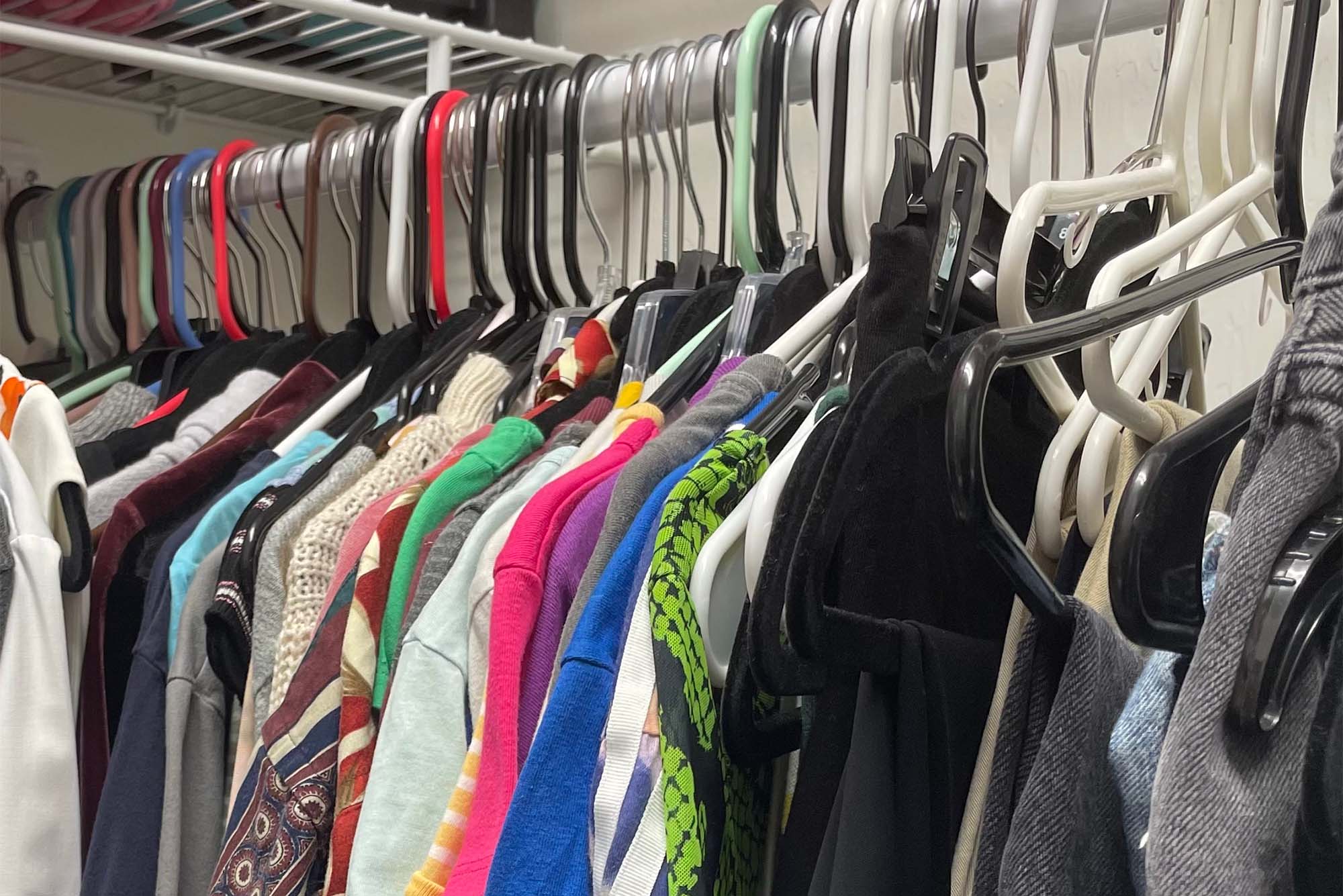

This site uses cookies for better user experience and analytics.

The resale clothing business offers huge potential for profit, but only if you avoid the common mistakes that sink so many new sellers. Overpaying for low-margin inventory, ignoring inventory systems, and failing to understand your niche can all eat into profits fast. In this guide, we’ll cover 7 of the most common pitfalls and how to sidestep them so you can run a more efficient, scalable, and profitable resale operation.
Paying too much at thrift or retail-style prices for items with slim resale margins is a guaranteed profit killer. For example, picking up a used basic tee for $8 that only commands $10 online leaves almost nothing after fees and shipping
Attempting to sell every style, from men’s denim one day to kids’ vintage the next, leads to a scattered inventory and a lack of market expertise
Without systematic organization, items get lost, mislabeled, or double-sold—leading to angry buyers and lost revenue

Sloppy photos and sparse descriptions kill buyer confidence and invite returns; a consignment expert warns that clear imagery and detailed write-ups dramatically boost sales and reduce disputes
Charging a premium because you “love” a piece, or slashing prices out of panic—, eads to items that never sell or get undercut by competitors.
Manually cross-posting to multiple platforms or handling every task yourself leads to burnout and caps your growth.
In the resale market—where feedback drives visibility—ignoring buyer inquiries or shipping delays can sink your store’s credibility .

Which brands and price points should I focus on when sourcing resale inventory?
Focus on brands with proven resale demand—designer labels like Coach and Kate Spade as well as popular mid-tier names such as Madewell often yield faster turnover and higher margins. A practical rule of thumb is to list used garments at around 30–40% of their original retail price to balance competitiveness and profit. If you’re new to sourcing, starter packs from NuSource.io offer curated brand mixes so you can test which labels perform best.
How can I determine the right price for my used clothing items?
Research completed “sold” listings on platforms like eBay, Poshmark, and Mercari to see actual sale prices rather than asking prices. Factor in fees, shipping costs, and your desired margin when setting your price, and adjust for seasonal demand (for example, price coats higher in winter and consider discounts in spring). For bulk sourcing, NuSource.io’s lot breakdowns include average per-unit costs so you can forecast profitability before ordering.
What’s the best way to photograph used apparel for online resale?
Use natural, diffused light and a plain neutral background to ensure accurate color and detail. Capture at least four angles—front, back, tag/label close-up, and any flaws—to preempt buyer questions and reduce disputes. If you need extra consistency, invest in a simple lightbox or backdrop kit; NuSource.io’s seller resources page offers tips on affordable setup options.
How do I keep my resale inventory organized as my business grows?
Assign each item a unique SKU and store it in numbered bins or clear plastic tubs to simplify picking and packing. Maintain a digital inventory log, either a spreadsheet or a basic app, that tracks purchase cost, sale price, and current stock levels to inform restocking decisions. NuSource.io customers can link their lot details directly to a dashboard for seamless reconciliation of orders and receipts.
When should I invest in automation tools for my resale business?
Once you’re managing over 100 active listings, manual cross-posting and updates become time-prohibitive; automation tools like Autoposher or List Perfectly can save hours each week. Look for solutions that integrate with your platforms of choice (e.g., Poshmark, Mercari, eBay) to streamline relisting, repricing, and inventory syncing. NuSource.io’s blog offers a roundup of reseller-recommended tools and budget-friendly options.
Should I specialize in a niche or diversify my resale offerings?
Specializing in a defined niche, such as vintage denim, plus-size activewear, or collectible streetwear lets you develop deep expertise and attract loyal buyers. While diversification can mitigate risk, mastering one category first often drives higher margins and stronger brand recognition before you expand. NuSource.io’s curated niche boxes group items by style and condition to help you test different markets efficiently.
Written by: The NuSource Reseller Insights Team – specialists in wholesale sourcing for resellers across online and retail platforms.
For more on wholesale and resale trends, visit our Reseller Insights blog.
Get personalized responses to all inquiries.
Fully customizable ordering experience.
Discover a more rewarding partnership.
Feedback from other resellers like you.

Share: